GOLF’s 2017-18 ranking of the Top 100 Courses in the World

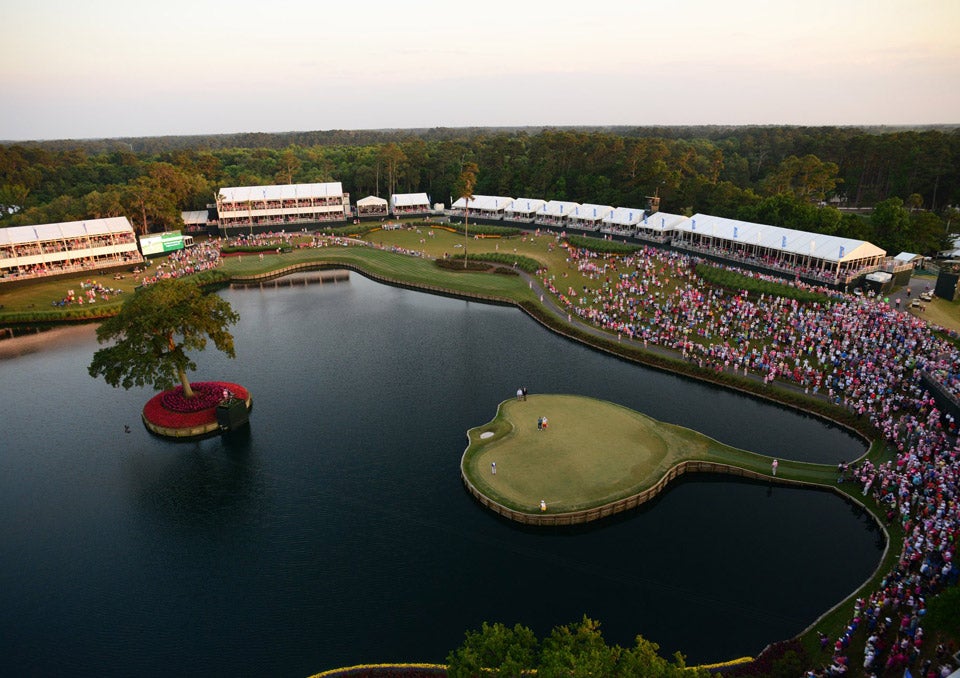
Ponte Vedra Beach, Fla. Pete Dye, 1981
Venue for the Players Championship since 1982, Pete Dye's imaginatively-designed and occasionally terror-inducing track has crowned winners such as Tiger Woods and Phil Mickelson. One of the wildest finishes took place in 2013, when Sergio Garcia, tied with Woods, splashed two tee shots at the infamous island-green 17th. Some sniff at its artificiality, yet for shotmaking options and memorable individual holes that require a blend of power and finesse, TPC Sawgrass has few peers.
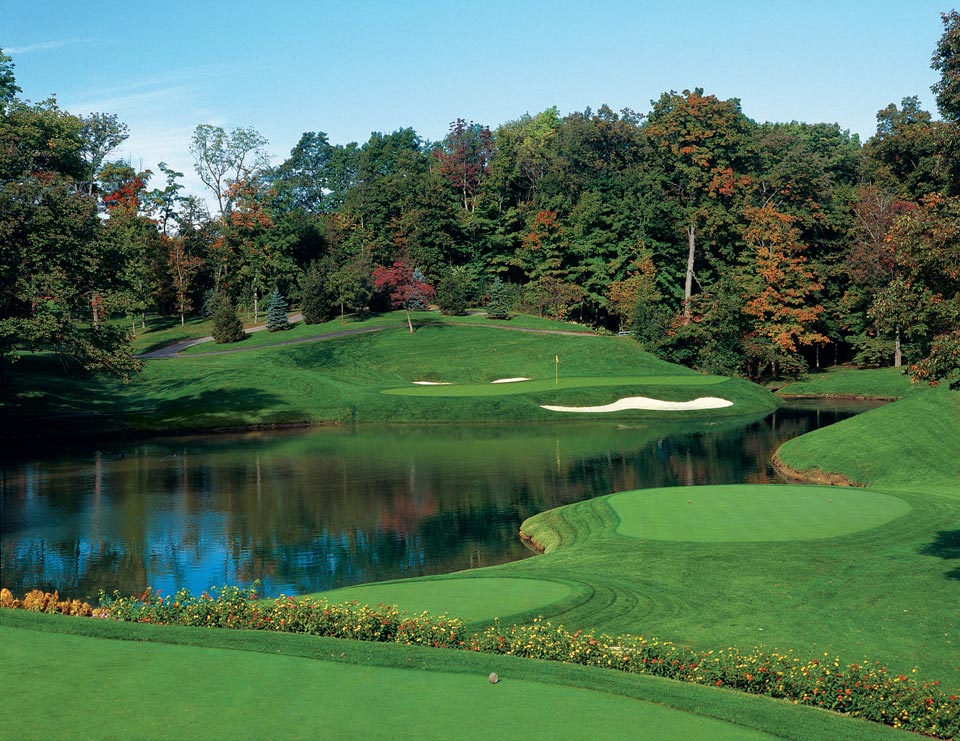
Dublin, Ohio Jack Nicklaus/Desmond Muirhead, 1974
Conceived by Jack Nicklaus in 1966 to be his hometown equivalent of Bobby Jones' Augusta National, this 1974 collaboration with architect Desmond Muirhead was an instant smash, as much for its strategic design as for its flawless conditioning. Equally impressive was how Nicklaus seamlessly integrated spectator areas into the closing holes, using hillsides and amphitheater-style mounding to provide patrons with clear views of the action.

Kohler, Wisc. Pete Dye, 1998
Venue for the 2004, 2010 and 2015 PGAs, this 1998 Pete Dye design on Lake Michigan was once a military training base in World War II. Eventually it became a site for illegal dumping of toxic waste. Dye and owner Herb Kohler moved 3 million cubic yards of dirt, trucked in 7,000 loads of sand to create the hills and bunkers and relocated the bluffs farther back from the shore. All Kohler told Dye was 'I want the course to look like it's in Ireland.' Mission accomplished.
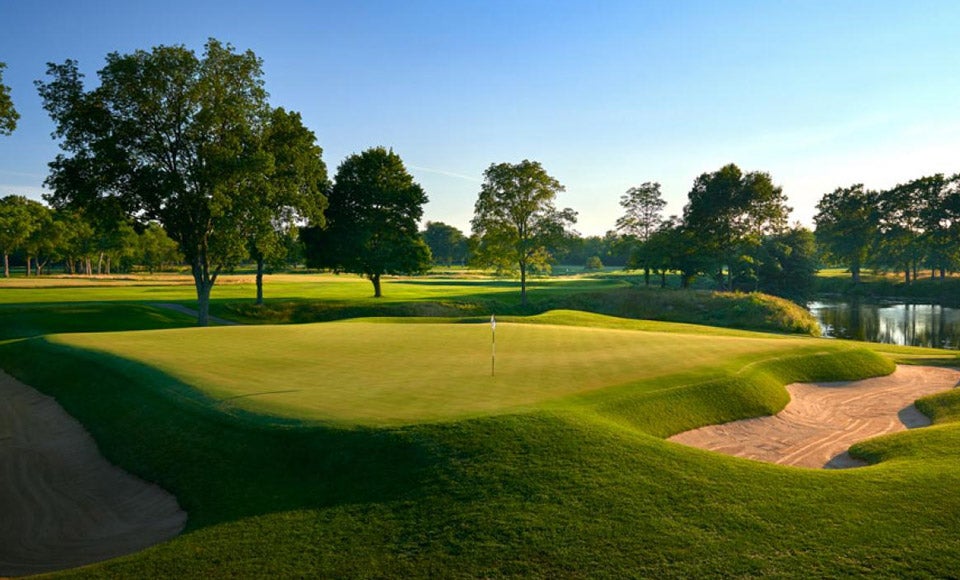
Lake Bluff, Ill. Seth Raynor, 1921
Steep ravines affect play throughout the back nine on this short but sweet 1921 Seth Raynor parkland design. Set into rolling terrain on Chicago's North Shore, alongside Lake Michigan, Shoreacres benefitted from a 2007 Tom Doak restoration that revitalized classic template holes such as Biarritz-style par-3 6th and the Redan-style par-3 14th.
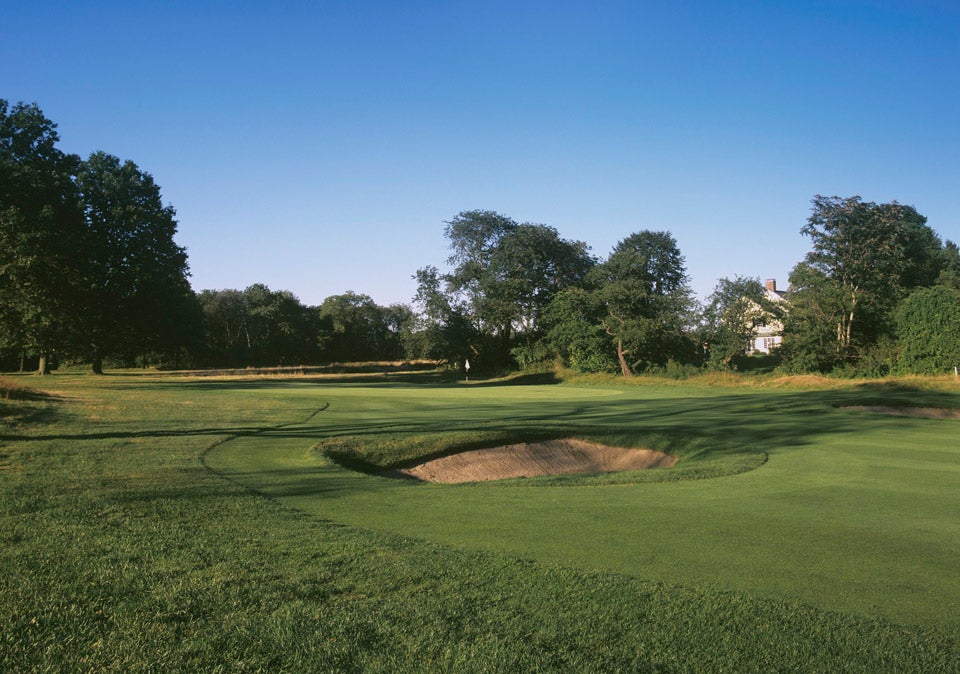
Garden City, N.Y. Devereux Emmet/Walter Travis, 1899/1906
This ancient, men-only Long Island layout dates to 1899. Devereux Emmet and Walter Travis most influenced the design, which today plays as firm and as fast as any British links, much as it did in the old days, with tall fescue and sea breezes constant companions. Laurie Auchterlonie captured the 1902 U.S. Open here with record scores, owing to the debut of the longer, more durable Haskell ball.
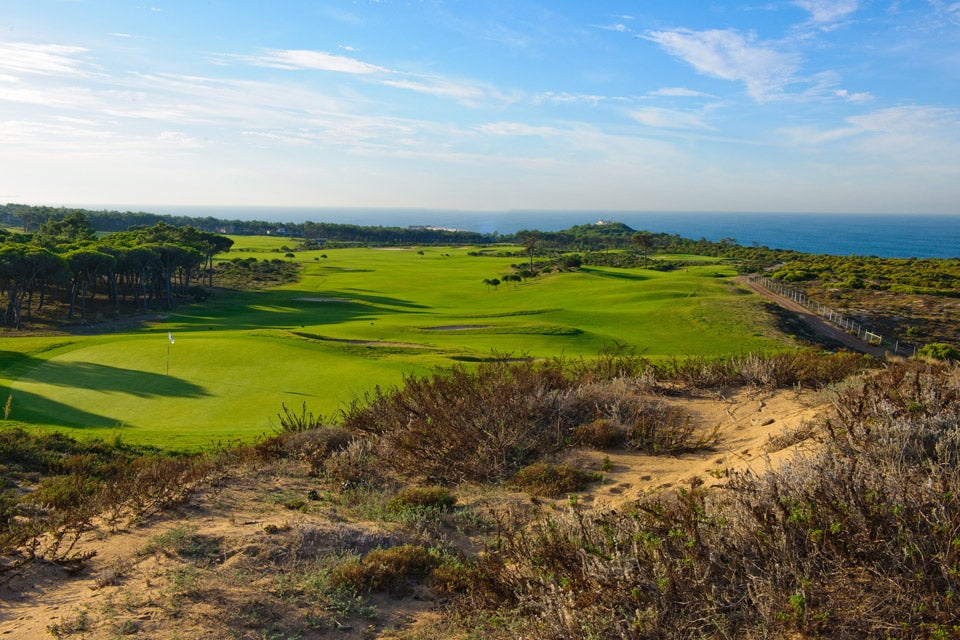
Cascais, Portugal Arthur Hills, 2001
Oitavos Dunes rolls out an Arthur Hills design that peers down at the Atlantic Ocean at every turn and traverses three distinct landscapes, from dense stands of umbrella pines to sprawling, scrub-covered dunes to open, coastal transition areas bracketed by vegetation and buffeted by sea breezes. It's not quite a pure links, but it's close.
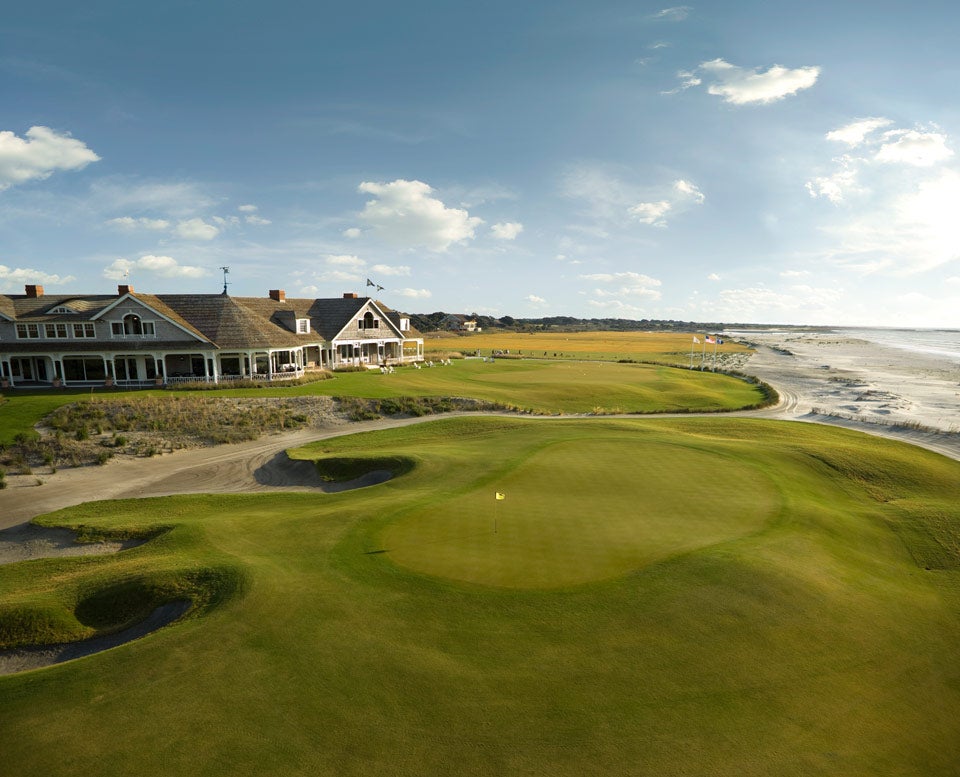
Kiawah Island, S.C. Pete Dye, 1991
A blend of tidal marsh carries, scrub-topped dunes and wildly undulating greens pair with 7,600 muscular yards to form a relentless mix of beauty and brawn. While architect Pete Dye has softened his greens and their surrounds over years, the Ocean Course remains among the toughest tests in the country.
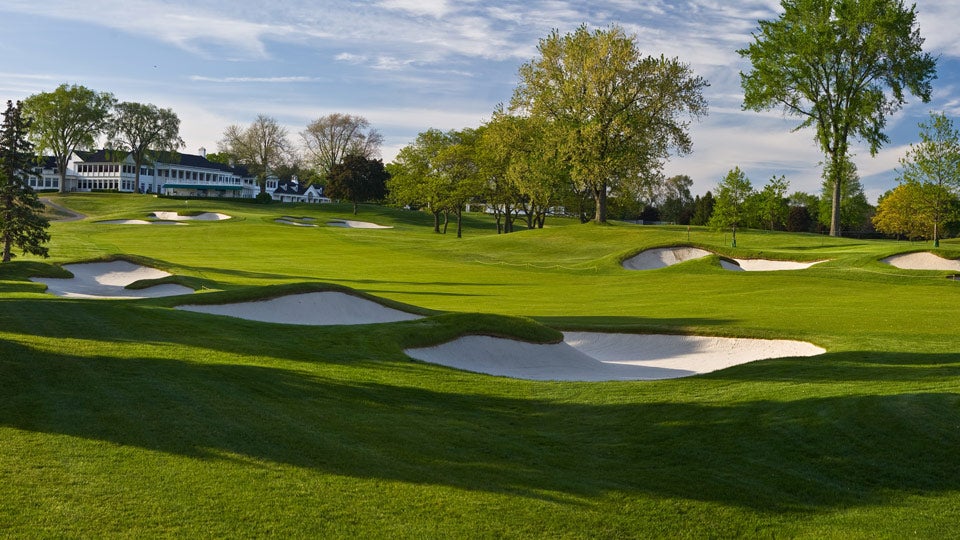
Bloomfield Hills, Mich. Donald Ross/Robert Trent Jones Sr., 1917/1950
Ben Hogan called this course a 'monster.' Following events such as the 2004 Ryder Cup and 2008 PGA won by Padraig Harrington, the brilliant Donald Ross routing and beguiling green contouring has restored its status to 'great,' as opposed to 'hard.'
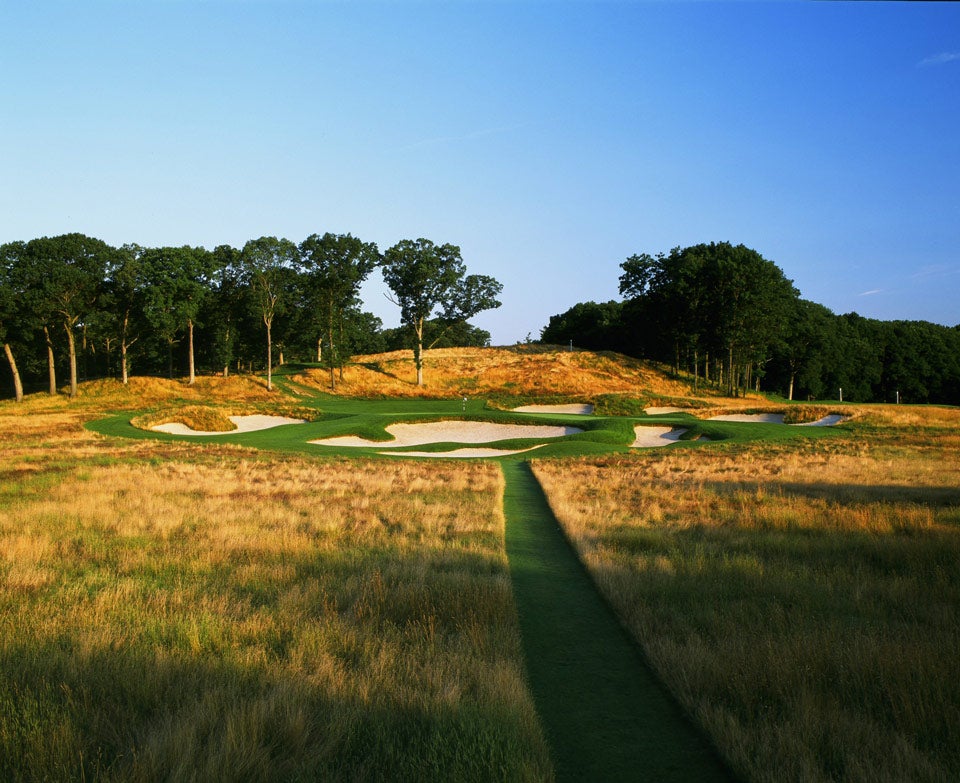
Farmingdale, N.Y. A.W. Tillinghast, 1935
Bethpage Black scares golfers with a sign at the first tee: 'Warning -- The Black Course is an extremely difficult course which we recommend only for highly skilled golfers.' The 'People's Open,' as the 2002 U.S. Open came to be known, brutalized players with its Rees Jones-restored A.W. Tillinghast layout, owing to rugged, uphill par-4s, massive bunkers and wrist-fracturing rough.
.jpg)
North Berwick, Scotland David Strath, 1878
East of Edinburgh sits this fabled links -- at least in architectural circles -- thanks to its 15th hole, the much-copied 'Redan,' a par-3 played to an elevated, diagonal green. In the memorability department, however, it takes a backseat to the par-4 13th, 'The Pit,' whose green sits directly behind a low stone wall.
